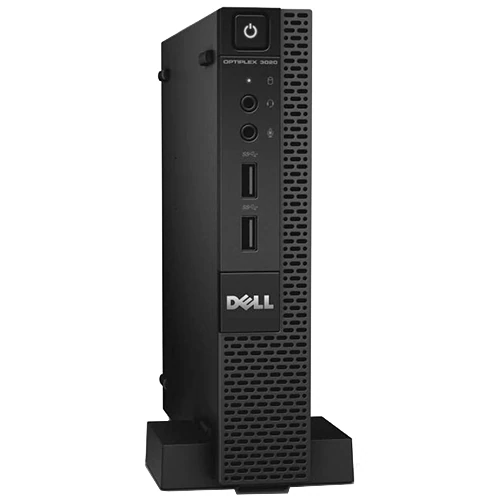Physical Address
304 North Cardinal St.
Dorchester Center, MA 02124
Physical Address
304 North Cardinal St.
Dorchester Center, MA 02124

In today’s connected world, a reliable and secure home network isn’t just nice to have—it’s essential. Between remote work, streaming, online learning, and smart home devices, our networks carry more traffic and sensitive data than ever. That’s why I use pfSense, an open-source firewall and router solution, as the backbone of my home setup. It’s a powerful tool that combines enterprise-grade features with the flexibility to fit a home network.
pfSense is an open-source firewall and router software based on FreeBSD. Unlike consumer-grade routers that come with limited customization, pfSense provides advanced features like firewall rules, VPN support, intrusion detection, bandwidth monitoring, and traffic shaping. It’s essentially a toolkit for building a network tailored to your exact needs. Best of all, it’s free to download and use, with optional paid support available for businesses.
I first switched to pfSense because I wanted more control over my home network than a standard off-the-shelf router could provide. Most consumer routers are fine for basic browsing, but they often lack advanced security tools and custom options. With pfSense, I can:
These features give me peace of mind knowing my network is more resilient against potential threats.
At home, I run pfSense on a small, low-power mini PC, and the performance has been excellent. Even with multiple users streaming, gaming, and working remotely, pfSense handles it all without noticeable lag. Unlike some commercial routers that can bog down with heavy traffic, pfSense feels like it was built to scale, even in demanding setups.
One of the biggest benefits I’ve noticed is stability. While I used to reboot my old router every week or two when it started acting up, pfSense has been rock solid
Write me a 500-word article. about pfSense router which I also use in my home network, making it easy to read with line breaks and stunningly formatted
Perfect—let’s create a 500-word article about pfSense that feels approachable, visually clean, and formatted in a way that’s easy for your audience (young professionals, entrepreneurs, and tech enthusiasts) to read.
In a world where we’re constantly online—working remotely, streaming movies, managing smart homes, and running side businesses—our networks carry more weight than ever. For me, the solution to staying secure and in control has been pfSense, an open-source firewall and router software that has completely changed the way I run my home network.
Think of pfSense as the Swiss Army knife of networking.
It’s an open-source operating system, based on FreeBSD, designed to function as a router and firewall. Unlike the typical router you pick up from a store, pfSense offers enterprise-grade tools you can configure to your exact needs—without paying enterprise prices.
Some of the standout features include
I didn’t switch to pfSense just because I’m into tech. I switched because my old consumer router wasn’t enough anymore.
Here’s what I wanted:
✅ A network that’s stable and doesn’t need constant rebooting.
✅ A way to secure work data while working remotely.
✅ Tools to manage multiple devices—from my laptop to smart lights.
pfSense checked all those boxes.
Now, I run pfSense on a small, energy-efficient mini PC tucked under my desk. Despite being compact, it handles everything—streaming, video calls, cloud backups—without breaking a sweat.

My pfSense is running in a Dell Optiplex 3050 with an Intel Core i5 processor. 16GB of memory, 512GB solid-state drive and Wireless-N (802.11n)
About a month ago, I upgraded my system to 2.8.0. Halfway into the installation, the system got stuck, and it took the entire night to finally figure it out.
I entered the boys’ setup. I nearly shut down every setting until I finally turned off the integrated wireless. Everything went smoothly. Since then, everything has been up and running with no issues.
What I notice most is reliability.
With consumer routers, I found myself rebooting every week when things got glitchy. Since switching to pfSense, I can go months without even thinking about it. The system just works.
The VPN setup has been a huge plus too. Instead of logging in and out on every device, my entire network is encrypted by default. Whether I’m working at home or my wife is watching Netflix, everything flows securely through pfSense.
And the network visibility is a game-changer. With a glance, I can see which device is hogging bandwidth or if something unusual pops up. For anyone balancing work and personal use on the same network, this transparency is priceless.
pfSense isn’t the simplest plug-and-play option—but that’s exactly why it’s worth it. If you care about:
For me, it’s more than a router—it’s the foundation of a reliable, secure digital life at home.